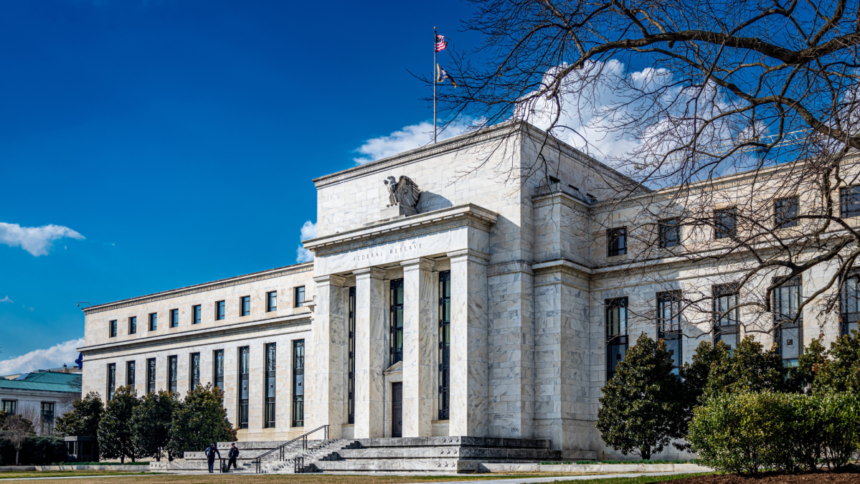Current Interest Rates: What to Expect in 2025
For those eagerly anticipating a decline in interest rates, recent developments may frustrate your hopes. The Federal Reserve has decided to pause any rate reductions until there is clarity around policy directions from President Donald Trump and Congress that wouldn’t exacerbate inflation concerns. The latest minutes from their January meeting highlight this cautious approach, stemming from uncertainty about how new government policies might impact the economy.
The federal funds rate serves as a benchmark for what banks charge one another, ultimately influencing everything from mortgage rates to student loans. For anyone considering applying for credit, a home purchase, or a vehicle loan in the near future, it’s important to understand how the Fed’s current stance may affect your financial decisions.
Inflation Remains a Concern
As long as the unemployment rate does not surge unexpectedly, officials from the Fed indicate they would prefer to see improved inflation trends before adjusting the federal funds rate target. Nevertheless, inflation continues to show resilience, with January’s data coming in higher than anticipated.
While a stable rate environment is currently the most plausible scenario, should inflation escalate, the Fed’s subsequent action may very well be a rate increase rather than a reduction.
Market sentiment regarding potential rate cuts has shifted considerably. According to the latest CNBC survey, only 65% of participants foresee two rate cuts occurring in 2025, a decrease from 78% in the previous survey. Furthermore, if rate cuts materialize this year, projections suggest the first reduction could happen around June or July, according to data from the CME FedWatch Tool. Essentially, the Fed is opting for a “wait-and-see” strategy, hesitant to adjust rates amidst ambiguity regarding the incoming administration’s fiscal policies.
Potential Price Increases from Tariffs
A significant factor contributing to the current economic uncertainty includes President Trump’s proposed tariffs on imports. Although tariffs on Canada and Mexico are currently suspended, new tariffs of 10% on China remain a concern, and additional tariffs on various countries could easily come into play.
According to estimates from the Peterson Institute, duties imposed on imports from China, Mexico, and Canada could cost an average American household around $1,200 per year—this estimate doesn’t even factor in Trump’s wider tariff strategies. When tariffs increase the costs of imported goods, those hikes inevitably reach consumers.
High-ticket items like vehicles, household appliances, and electronics are expected to experience the most significant price inflation since they heavily rely on global supply chains. Even goods labeled as “American-made” frequently rely on foreign components, meaning tariffs could inflate prices across the board.
Key Takeaways
If there were hopes for a reduction in interest rates in the upcoming months, it may be time to temper those expectations. The ongoing battle against stubborn inflation remains, and with tariff-related pressures looming, the Fed seems poised to maintain elevated rates until there is compelling evidence of substantial inflation control.
However, while elevated interest rates can lead to increased costs for borrowers, they may also yield higher returns for savers, presenting an opportunity for individuals to optimize their financial strategies. Exploring ways to capitalize on these potential benefits is a prudent move.












